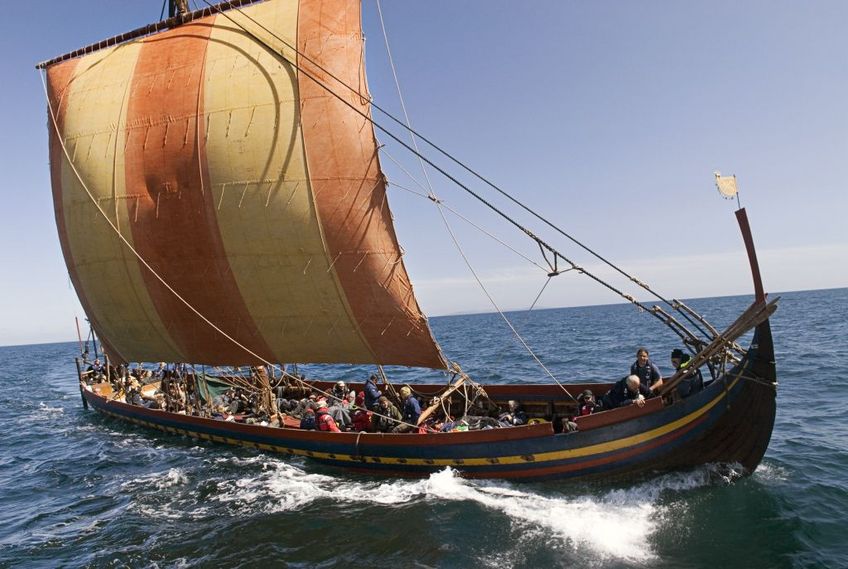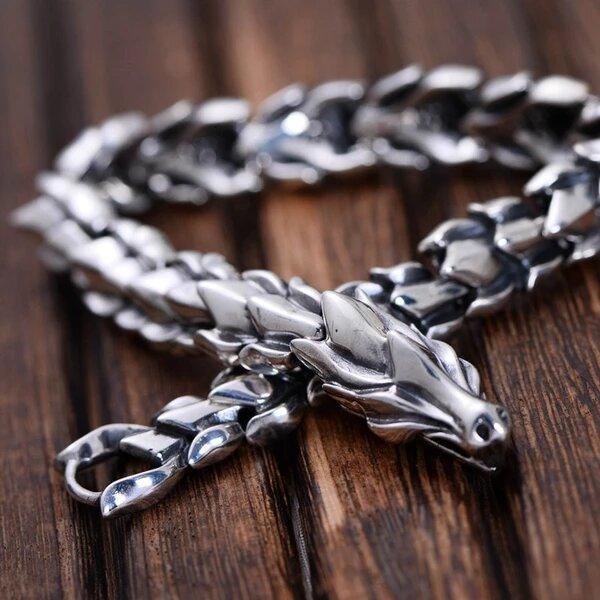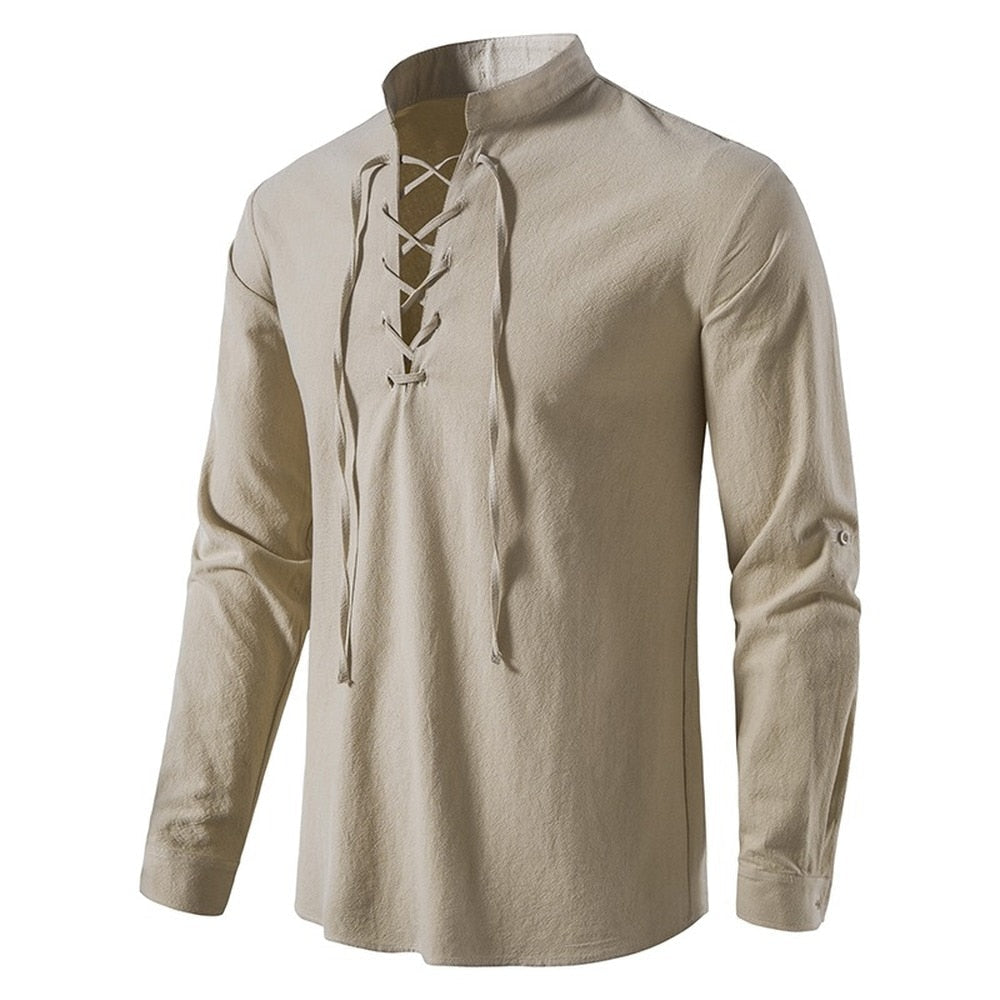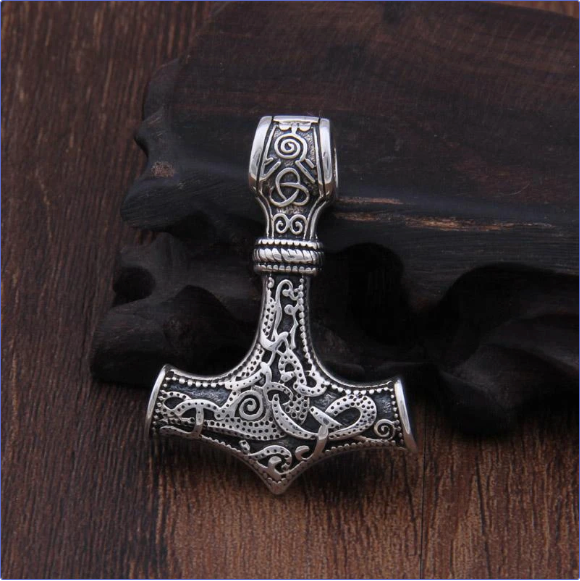One of the most important attributes to survive during the frigid winters of the north is resilience, and few groups in history display it as starkly and vividly as the Norse seafarers of the early medieval period.

The Norse world was unforgiving. Winters were long and brutal, arable land was scarce, and survival demanded innovation and communal strength. Despite this, or perhaps because of it, they flourished between the 8th and 11th centuries, not just as raiders, but as traders, settlers, explorers, and builders of societies across Europe and even into North America.
One of the core aspects of Viking resilience was their ability to adapt to an ever-changing and often hostile environment. According to Neil Oliver in The Vikings: A New History, “[The Vikings] were quick to adapt their ships, their strategies, and their settlements to the realities of the places they encountered”. Whether facing the icy storms of the North Atlantic or the foreign political structures of the Frankish Empire, they continually reshaped their tools and tactics to overcome obstacles.
Adaptability and Innovation
Norse peoples and Vikings did not succeed merely through brute force. Their mastery of shipbuilding allowed them to travel vast distances — from the shores of Newfoundland to the steppes of Russia. The longship, with its shallow draft and remarkable speed, was a product of both craftsmanship and ingenuity. It enabled them to strike quickly, trade effectively, and relocate in times of famine or political instability.
This spirit of innovation, born of necessity, is echoed in today’s concept of "resilient systems" — organizations or structures that can flex and adapt without collapsing under stress. Norse society didn’t stagnate in the face of hardship; it innovated. They redefined mobility, communication, and economic networks long before globalization was a term. This ethos is something today’s leaders and change-makers would do well to emulate.

Resilience in Community and Culture
Viking culture was deeply communal. Clans, tribes, and extended families provided the support structures necessary to survive. When individuals struggled, it was the collective — not just the individual — that took responsibility. Their legal systems (the thing, or assembly), their sagas, and their mythologies all reinforced this social cohesion. These gatherings were democratic in nature, emphasizing discussion and resolution over mere brute dominance.
Historian Else Roesdahl highlights in his book “The Vikings” that “Viking law and governance were based on cooperation and consensus,” a fact that underpins their resilience not just as warriors but as a functioning society. The ability to resolve conflict through legal mechanisms, even in a warrior culture, speaks volumes about their social intelligence and cohesion.
Resilience, as modern psychology tells us, is not just about grit but also about relationships — support systems that bolster us when we falter. The Viking reliance on tight-knit communities, cooperative law, and mutual obligation is a reminder that resilience thrives in connection.
Courage in the Face of the Unknown
No discussion of Viking resilience would be complete without acknowledging their audacity. The voyage of Leif Erikson to what is now North America occurred 500 years before Columbus. That feat, carried out with rudimentary navigation tools and zero certainty of what lay beyond, speaks to a type of courage deeply intertwined with resilience — the courage to face the unknown, to embrace risk, and to act despite fear.
As Thomas Williams notes in “Viking Britain: A History”, “The Vikings’ greatest strength may have been their refusal to be bounded — not by land, not by fear, and not by custom.” In a time when travel was perilous and news from afar took months to arrive, Viking explorers made decisions based on limited information and immense trust in their own capabilities and preparation.
This mirrors the entrepreneurial mindset of today — navigating uncertainty, managing risk, and keeping an eye fixed on opportunity, not just security.

Throughout their lives, the Vikings left us precious lessons for our digital, fast-paced, but equally uncertain world:
Adaptability: Whether it’s climate change, economic upheaval, or technological disruption, those who adapt survive. Like the Vikings, we must cultivate a mindset of innovation in the face of adversity.
Community: Resilience is rarely a solo endeavor. Building systems of support, both personal and societal, strengthens our ability to weather challenges.
Courage: Whether starting a business, changing careers, or standing up for what’s right, stepping into the unknown is an act of resilience. The Viking legacy teaches us that bravery isn’t about fearlessness, but about pushing forward despite it.
Perspective: The Norse myths often center around Ragnarok — the end of the world — yet these tales were not of despair, but of preparation. Knowing that hardships will come, and planning accordingly, is a deeply resilient approach.
The Vikings were survivors, innovators, and collaborators. In their travels, their sagas, and their legacies, we find not just tales of war, but of human endurance. In a world increasingly defined by uncertainty and disruption, perhaps it's time to look backward — to the ice-hardened fjords of Scandinavia — for timeless lessons in resilience.
References
Oliver, Neil. The Vikings: A New History. Weidenfeld & Nicolson, 2013. ISBN: 9781474609479
Roesdahl, Else. The Vikings. Penguin Books, 1998. ISBN: 9780140252828
Williams, Thomas. Viking Britain: A History. William Collins, 2017. ISBN: 9780008171933















